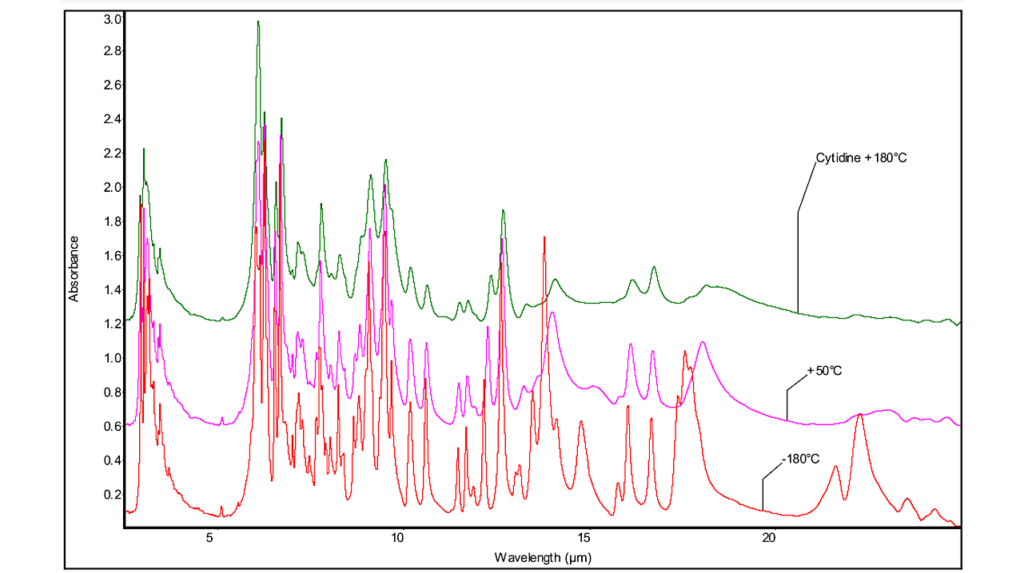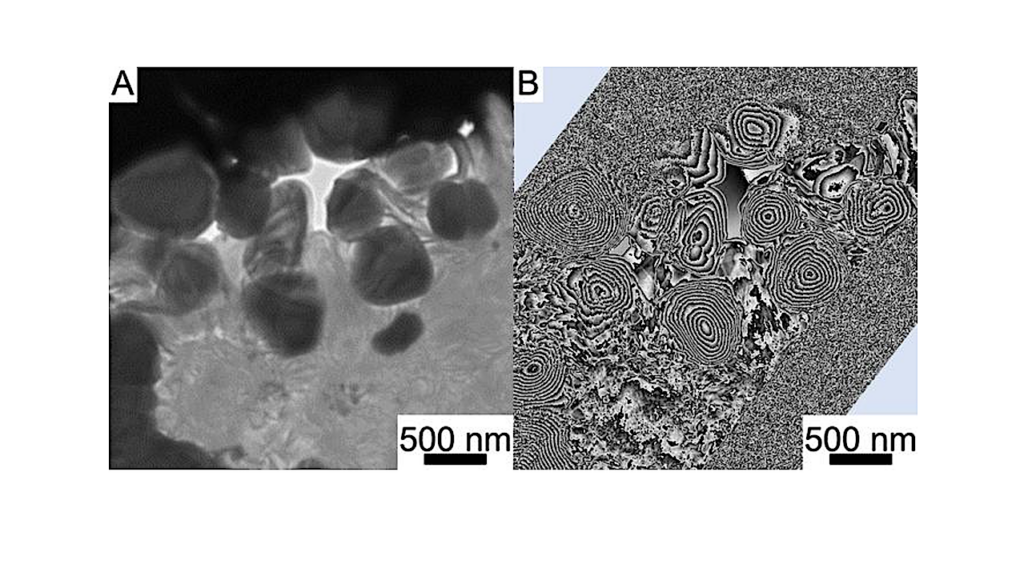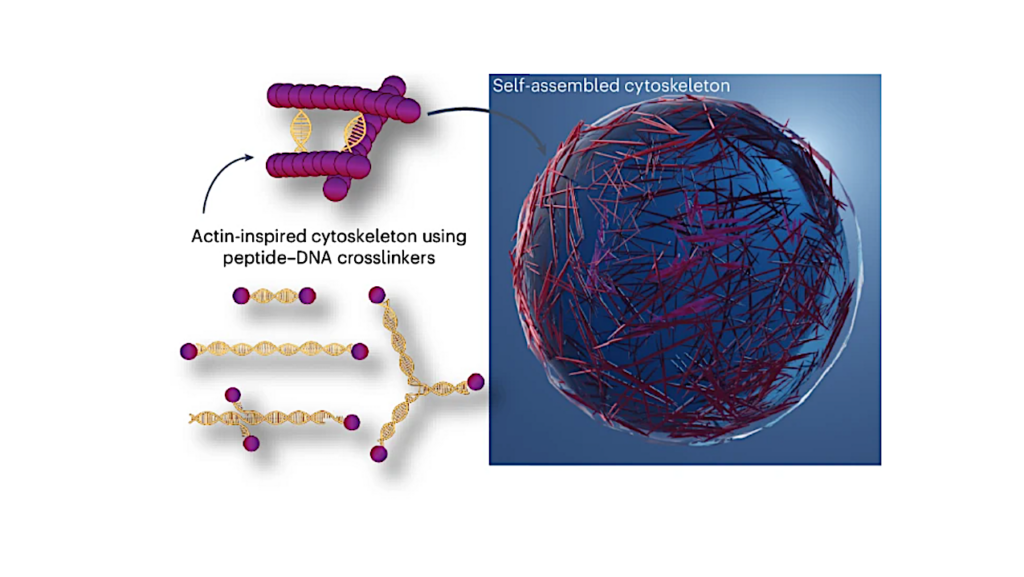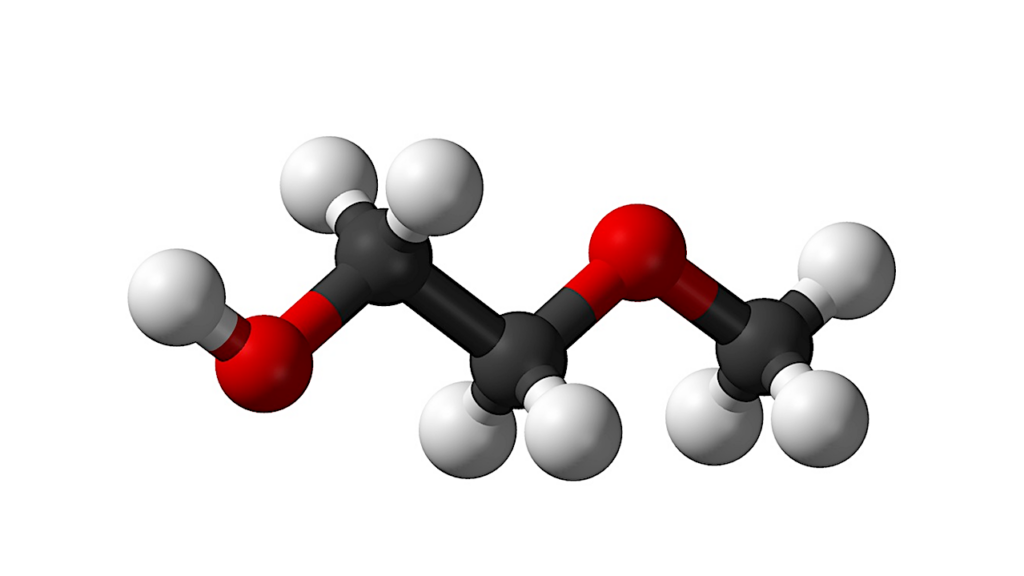Bioenergetics Of Iron Snow Fueling Life On Europa

The main sources of redox gradients supporting high-productivity life in the Europan and other icy ocean world oceans were proposed to be photolytically derived oxidants, such as reactive oxygen species (ROS) from the icy shell, and reductants (Fe(II), S(-II), CH4, H2) from bottom waters reacting with a (ultra)mafic seafloor.
Important roadblocks to maintaining life, however, are that the degree of ocean mixing to combine redox species is unknown, and ROS damage biomolecules. Here, we envisage a unique solution using an acid mine drainage (AMD)-filled pit lakes analog system for the Europan ocean, which previous models predicted to be acidic.
We hypothesize that surface-generated ROS oxidize dissolved Fe(II) resulting in Fe(III) (hydr)oxide precipitates, that settle to the seafloor as “iron snow.” The iron snow provides a respiratory substrate for anaerobic microorganisms (“breathing iron”), and limits harmful ROS exposure since they are now neutralized at the ice-water interface.
Based on this scenario, we calculated Gibbs energies and maximal biomass productivities of various anaerobic metabolisms for a range of pH, temperatures, and H2 fluxes. Productivity by iron reducers was greater for most environmental conditions considered, whereas sulfate reducers and methanogens were more favored at high pH. Participation of Fe in the metabolic redox processes is largely neglected in most models of Europan biogeochemistry.
Our model overcomes important conceptual roadblocks to life in icy ocean worlds and broadens the potential metabolic diversity, thus increasing total primary productivity, the diversity and volume of habitable environmental niches and, ultimately, the probability of biosignature detection.

Conceptual diagram for the proposed AMD-analog iron snow model. UV radiation produces ROS (*O2) at the upper surface of the ice layer. The ROS are then delivered into the ocean by various mechanisms (see text for explanation). ROS oxidize Fe2+ at the top of the ocean producing iron(oxy)hydroxides (Fe(OH)3) or iron snow particles, that settle to the ocean water/seafloor rock interface. The oxidation of serpentinization-derived H2 by iron-reducing bacteria, FeRB, sulfate-reducing bacteria, SRB, and methanogens are shown near the ocean water/seafloor rock interface. Red arrows indicate abiotic redox reactions; black arrows correspond to the progress of dissimilatory microbiologically mediated redox reactions; and blue arrows refer to CO2-fixation. The jagged ocean water/seafloor rock interface stands for variability in water penetration depth, and large and small gold arrows denote variable mixing dynamics of hydrothermal and ocean waters. The figure is not to scale. — PNAS
Bioenergetics of iron snow fueling life on Europa, PNAS (open access)
Astrobiology








